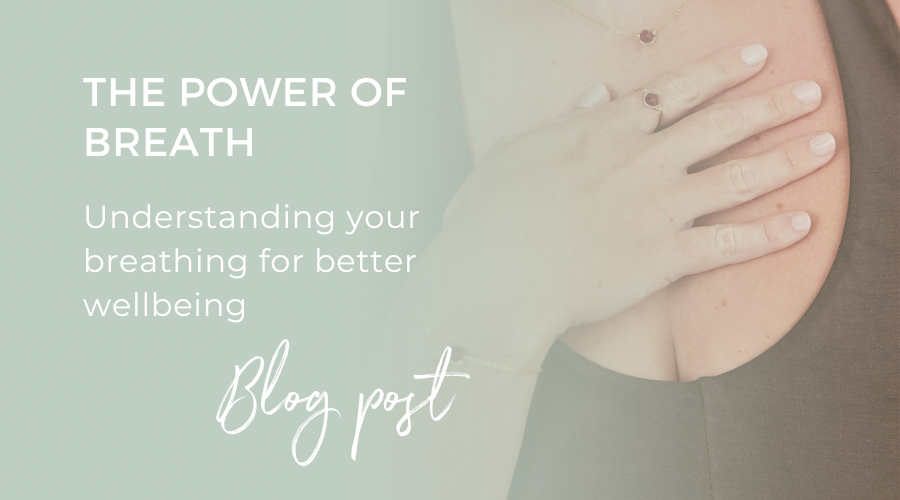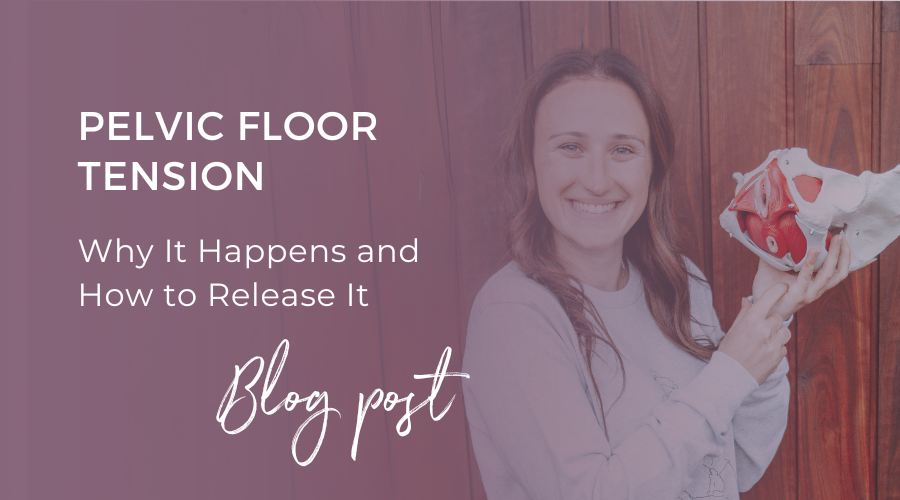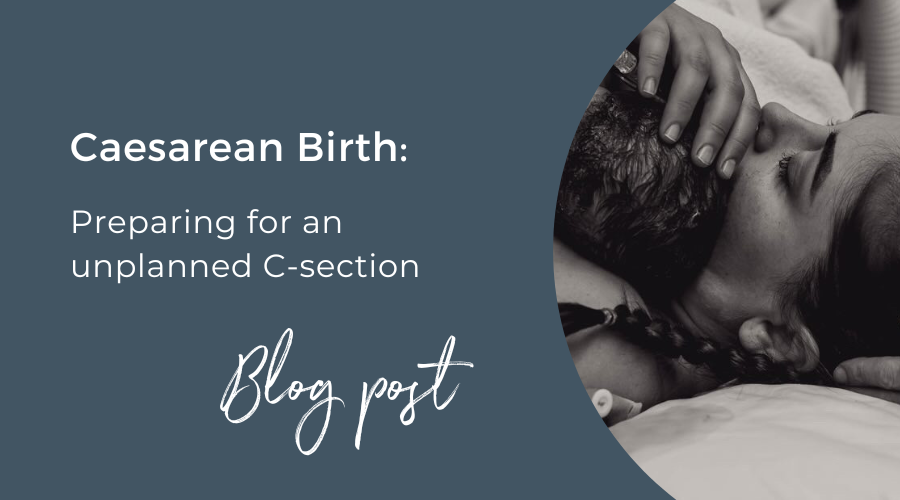The Power of Breath: How Your Breathing Patterns Impact Your Physical and Mental Health
Most of us take around 20,000 breaths per day without giving it a second thought. Breathing is so automatic that we rarely consider how we're doing it or how it might be affecting our health. Yet our breathing pattern influences everything from our nervous system to our core stability and pain levels.
In this article, we'll explore the often-overlooked mechanics of breathing, how dysfunctional patterns develop and practical ways to use your breath for better health.
The mechanics of optimal breathing
When functioning optimally, breathing is primarily driven by the diaphragm, a dome-shaped muscle that separates your chest and abdominal cavities. As you inhale, your diaphragm contracts and moves downward, creating negative pressure in your chest cavity that draws air into your lungs. Simultaneously, your lower ribs expand outward and upward, your abdominal contents shift to accommodate the diaphragm's movement and your pelvic floor subtly descends.
During exhalation, this process reverses: your diaphragm relaxes and moves upward, your ribs return to their resting position and your pelvic floor recoils slightly.
This coordinated movement creates what we call "360-degree breathing". Expansion that can be observed in all directions: front, sides and back of the torso. When breathing efficiently:
- Your shoulders remain relaxed
- Your neck muscles stay quiet
- Your breath is primarily nasal
- Your breathing rhythm is smooth and regular
- Your inhalation and exhalation are relatively balanced
Unfortunately, many adults have lost this natural breathing pattern due to stress, posture, injury or other factors.
Common problematic breathing patterns
Upper Chest Breathing
The most prevalent dysfunctional pattern involves relying primarily on the upper chest and neck muscles. This pattern:
- Uses more energy for less air exchange
- Creates chronic tension in neck and shoulders
- Often accompanies forward head posture
- Can contribute to headaches and jaw tension
- May trigger or exacerbate anxiety symptoms
Mouth Breathing
While necessary during high-intensity exercise or when congested, habitual mouth breathing at rest can disrupt our system by:
- Reducing nitric oxide production (which occurs in nasal passages)
- Decreasing oxygen uptake efficiency
- Promoting dehydration of oral tissues
- Potentially altering facial development in children
- Negatively impacting sleep quality
Over Breathing
Chronic over breathing is when we breathe more than metabolic requirements demand and can disrupt the carbon dioxide balance in our bloodstream. Even slight over breathing can:
- Constrict blood vessels
- Reduce oxygen delivery to tissues
- Increase sympathetic nervous system activation
- Contribute to anxiety symptoms
- Create a sense of air hunger despite adequate ventilation
Breath Holding
Many people unconsciously hold their breath during concentration, stress or physical exertion. This pattern:
- Disrupts respiratory rhythm
- Increases thoracic pressure
- Compromises core stability
- Creates unnecessary tension
- Impedes energy flow and recovery
The breath-nervous system connection
Your breathing pattern serves as both a reflection of and influence on your autonomic nervous system state. This bidirectional relationship makes breath a powerful tool for mental and physical health.
Sympathetic Activation
Fast, shallow breathing, particularly from the upper chest, stimulates sympathetic ("fight-or-flight") dominance. This creates a cascade of physiological responses:
- Increased heart rate
- Elevated blood pressure
- Heightened muscle tension
- Digestive suppression
- Stress hormone release
While this response is appropriate for true emergencies, chronic activation contributes to numerous health problems.
Parasympathetic Regulation
Conversely, slow, rhythmic, diaphragmatic breathing triggers the parasympathetic ("rest-and-digest") branch of your autonomic nervous system. This stimulates:
- Heart rate normalisation
- Blood pressure reduction
- Muscle relaxation
- Improved digestion
- Stress hormone decrease
Research shows that intentionally slowing your breathing to about 5-6 breaths per minute optimises heart rate variability which is a key marker of autonomic balance and adaptability.
The breath-pain connection
One of the most overlooked aspects of breathing relates to its impact on musculoskeletal function and pain.
Lower Back Pain
Your diaphragm, pelvic floor, transverse abdominis and multifidus muscles work together as an integrated pressure system. When breathing is dysfunctional, this system becomes compromised, potentially leading to:
- Inadequate spinal stabilisation
- Altered intra-abdominal pressure
- Compensatory movement patterns
- Increased load on passive structures
- Chronic tension in supporting muscles
Research increasingly suggests that breath retraining can be a valuable component of comprehensive back pain treatment.
Pelvic Floor Tension
The diaphragm and pelvic floor operate in coordination, as one descends, the other descends slightly as well. Breathing disorders can disrupt this synchronised movement, contributing to:
- Pelvic floor hypertonicity (excessive tension)
- Pelvic floor weakness
- Altered pressure management
- Compromised core function
Hip Pain and Tension
The psoas, a primary hip flexor, attaches to your lumbar spine and is intimately connected to your breathing pattern. Dysfunctional breathing can create:
- Chronic psoas tension
- Altered hip mechanics
- Reduced hip mobility
- Referred pain patterns
Optimising breathing often leads to improved hip function and decreased tension throughout the pelvic girdle.
Practical breath awareness exercises
Ready to explore your own breathing patterns? Try these simple practices:
Breathing Awareness Check-In
- Place one hand on your upper chest and one on your lower ribs/upper abdomen
- Breathe normally for 1-2 minutes without trying to change anything
-
Notice:
- Which hand moves more?
- Does your breath feel smooth or jerky?
- Are you breathing through your nose or mouth?
- Can you feel movement in your back and sides?
- Does your breath feel strained or easy?
This simple observation often reveals patterns you weren't aware of.
Diaphragmatic Breathing Reset
- Lie on your back with knees bent, feet flat
- Place hands on lower ribs
- Inhale slowly through your nose, allowing your hands to rise
- Exhale completely through your nose or mouth
- Focus on keeping shoulders and upper chest relaxed
- Continue for 3-5 minutes
Practice this daily to begin retraining your breathing pattern.
Making Breath Awareness a Daily Practice
The true power of breath comes through consistent awareness and practice. Consider these tips for integration:
1. Set breath reminders: Use activities like red traffic lights, phone calls or screen time as cues to check your breathing pattern.
2. Start and end your day with breath: even just one minute of conscious breathing upon waking and before sleeping can make a difference.
3. Link breath to movement: Before exercise or physical tasks, establish conscious breathing first.
4. Use stress as a trigger: When feeling stressed, use it as a reminder to return to diaphragmatic breathing.
5. Create a supportive environment: Consider factors that might impede good breathing, such as restrictive clothing.
Conclusion
Your breath represents a powerful yet often untapped resource for health optimisation. By bringing awareness to your breathing patterns and gradually refining them through consistent practice, you can positively impact your nervous system, cardiovascular health, musculoskeletal function, and overall well-being.
Remember that breath retraining is a process, not a quick fix. Be patient with your body as you explore new patterns and celebrate small changes along the way. The simple act of breathing consciously, even for a few minutes each day, can be transformative over time.
Want to Learn More?
Join us for our breath-focused classes with a The Flow Online membership. Our 15-minute Breathe sessions are perfect for incorporating mindful breathing into your routine. Plus, get access to the full 90 minute information session on breath.







